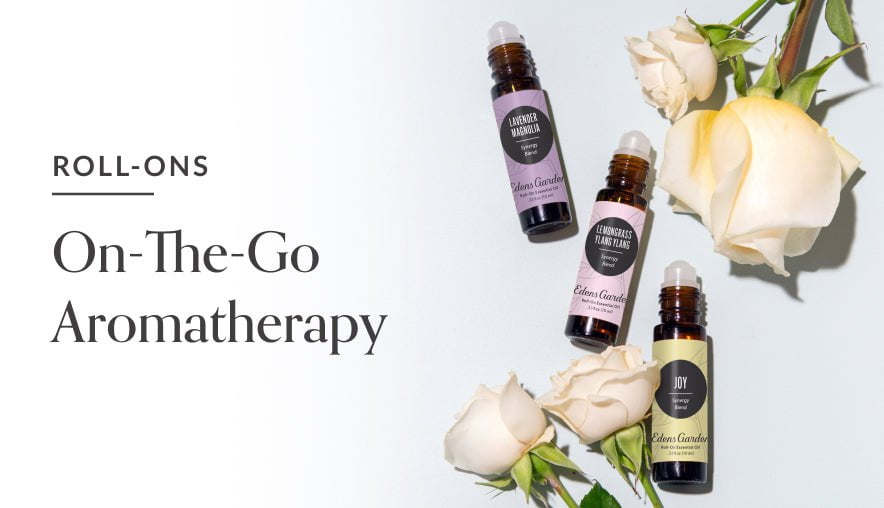What Are Parabens & Why You Should Avoid Them

When it comes to beauty and body products, it’s important to know what ingredients are being applied to your skin and absorbed into your body. It can be frustrating to decipher the complex and often misleading ingredient lists on you favorite personal care products, especially with new studies popping up about the dangerous chemicals within them. One of the biggest culprits gaining attention in the beauty industry is parabens. At Edens Garden, we stand by our pledge to keep additives like parabens out of our products, and here’s why.
What Are Parabens?
Parabens are a family of chemicals used as a preservative to prolong the shelf life of cosmetics to prevent mold and bacterial growth. They can be found in makeup, moisturizers, shaving creams, deodorants, spray tanning solutions, sunscreens, and toothpastes.
The paraben names to look out for in cosmetics are methylparaben, propylparaben, butylparaben, and ethylparaben. These chemicals are cost-effective for mass-produced products, and are thus prevalent in the personal care industry. More than one type of paraben is typically found in a single product.
Why Are They Bad?
Parabens are fully capable of penetrating the skin and remaining in body tissue. One study found that 19 out of 20 women studied had trace amounts of parabens in their breast tissue. While the presence of parabens wasn’t found to cause cancer, it’s believed that they disrupt hormone function by mimicking oestrogen. Oestrogen can trigger breast cell division and lead to the growth of tumors.
These chemicals are not inert substances, or chemically inactive. Rather, they have biological activity and have been found to act on estrogen pathways. Ailments such as decreased sperm count, endometriosis, and insulin resistance are all associated with this sort of activity.
The Center for Disease Control (CDC) even tested the urine of 2,548 participants and found that most of them had parabens in their body, primarily methylparaben and propylparaben. The highest concentration of parabens were found in women’s urine due to a larger variety of beauty products used. While this study does measure exposure and chemical retainment, it does not provide proof of adverse health effects.
While using one product containing parabens may not be harmful in and of itself, it is important to consider the toxicological effects of combined exposures over time. The chemical is widespread, and parabens are now being found in the tissue of marine mammals. The implication of worldwide exposure is currently unknown, but does not look promising.
Why Does the FDA Allow Parabens?
Parabens were first introduced in the 1950s, and classified as safe in 1984. It wasn’t until recently that studies have emerged regarding their questionable safety.
While the FDA does monitor the studies on the safety of parabens, they must have consistent and reliable scientific data that the product is harmful at the amount used in the product in accordance to the products directions.
While the studies are numerous, they are not comprehensive enough for the FDA to take legal action against manufacturers at this time.
How to Avoid Them
Unfortunately, avoiding parabens is not as easy as one would hope. Most products don’t provide a “Contains Parabens” disclaimer, so it’s up to the consumer to use a discerning eye when going through a product’s ingredient list.
The bad news is, parabens have been found in products that don’t list them on the label at all, including “green” products. So how can we truly know if we are avoiding them?
The answer is not simple. Making beauty and body products at home is one way. Another is to find a company you can trust that believes in transparency and using the safest ingredients possible.
Look for companies that tout a “paraben-free” label, and try your best to maintain a beauty regimen that uses products that are close to nature.





Barb Blaisdell
July 22, 2022 at 10:27 am
Thank you for this article. It was very informative! Keep them coming! 💖